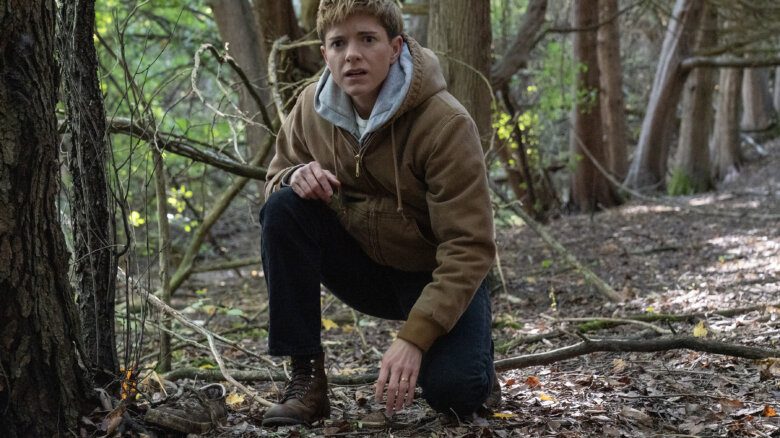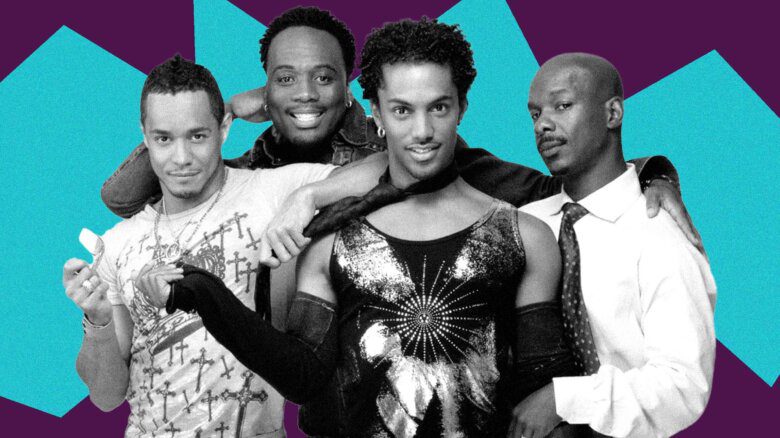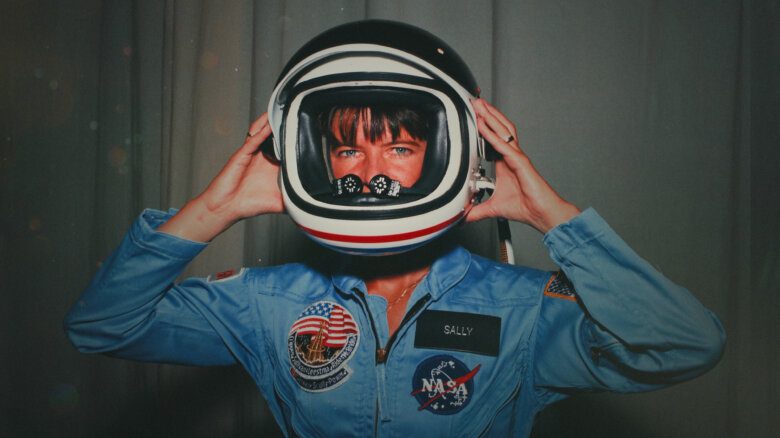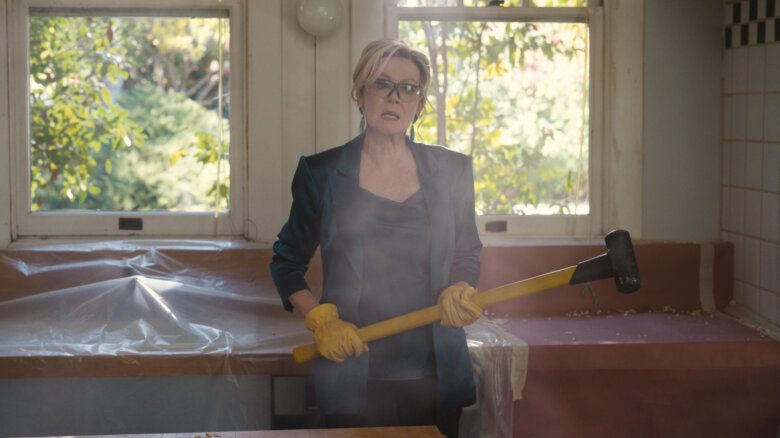If you’re at all keeping up with contemporary literary circles—both with regard to prestigious award nominations and online fandom discourse—you’re probably familiar with the Sad Girl. Lonely, lethargic, and, in some cases, gross, the Sad Girl is the protagonist du jour in literary fiction, embodying a pessimistic, often nihilistic, outlook on the world, equally self-destructive and reflective. She’s a phenomenon that near warrants her own genre and it seems that she’s well on her way to claiming it: Cosmopolitan published a reading list for a “Sad Girl Summer” last year, while, three years ago, Electric Literature released a similar list, though one more suited for a “Sad Girl Autumn.” The latter was also the premise for Taylor Swift releasing an updated iteration of her song “All Too Well,” which she dubbed “the Sad Girl Autumn version.”
The Sad Girl novel derives truth from the judgmental, sometimes abhorrent, thoughts of its characters; urging us to question both the elements—material and not—that retrieve these thoughts, and the conventions that require them to be repressed. Take Ottessa Moshfegh’s Eileen as an example. In one passage, the titular Eileen describes a woman working at a bakery: “I didn’t want to be like the woman behind the counter—greasy and fat, body like a sack of apples.” This meanness is brutal to read due to how unnecessary it is to perceive a stranger in such a notedly maligning way. But it’s not there as vicious accoutrement—rather, it urges an uncomfortable question of the reader: are we innately cruel? What are the factors separating us from Eileen and are they marginal?
Moshfegh champions this kind of intrusive questions in her novels; her protagonists—whether the unnamed narrator in My Year of Rest and Relaxation, Elspeth in Lapvona or Eileen Dunlop in Eileen—are rude and nasty, and at their core, sad. Sometimes the link between sadness and sourness is clear, other times, tenuous—pure coincidence that two such hostile dispositions fester in the same body.
Eileen is the first Moshfegh novel to receive an English-language film adaptation. When I first heard of its development, I no doubt shared a thought with many other Moshfegh readers: how will the self-loathing, disdaining voice that narrates stories of murder, depression and alienation, translate on the screen? Eileen, in particular, elects to view the world through a lens of grossness; she describes the spit that bubbles on people’s lips as they speak and compares bodies to bruised things, like we read for ourselves. She looks for the ill will and perversity in people and their actions—would the camera?
If everything thus far described has seemed off-putting, you’ll be relieved to hear that William Oldroyd’s film adaptation, which hits wide release this weekend, dials back the severity of its heroine and her thoughts (if you’re a stickler to loyal adaptations, you’ll be slightly disappointed). Oldroyd’s Eileen is a brooding, shy character, but she doesn’t harbour the same hostility as her literary counterpart.
The film, which premiered at the Sundance Film Festival earlier this year, opens in the same manner as the book: Eileen (Thomasin McKenzie) is a 20-something secretary working at a juvenile prison, in a bleak, gray Massachusetts town. It’s the 1960s and while the rest of the country is in a state of social and cultural transition, Eileen’s town is in arrested development: her father is a former police chief plagued with violent thoughts, but is coddled by the other officers on the force, stuck in a perpetual state of inactivity. At work, Eileen is belittled by her fellow secretaries in a painful, repeating routine. There is no reprieve for the small-town malaise insidious to her home and workplace. Until Rebecca arrives.
Rebecca is played by Anne Hathaway in a lusty though restrained role. She never quite reaches her Mrs. Robinson potential, but it’s still easy to see why Eileen is so enamoured of her: she’s stylish, liberal in thought and action and waltzes through the prison empowered by her femininity instead of feeling ashamed of it. She’s liberated and liberating and Eileen gravitates toward her like space junk finally pulled into a stable orbit.
In a way, though being the most compelling element of the film, the relationship between Eileen and Rebecca is what keeps this movie from reaching its chilling potential. There’s a queer longing identifiable in Eileen’s attraction to Rebecca, but Oldroyd doesn’t do much to explore or cement the link between economic freedom, gender and sexuality—which is surprising, because he accomplishes this feat exquisitely in his previous film Lady Macbeth (2016). We’re left organizing the pieces on our own, which results in a picture that has appeared in cinema for decades: a subtextual longing that is never confronted, internally or externally. The tension in the first act is set up beautifully, begging for a luscious disruption—something akin to the poisoning in Yorgos Lanthimos’s The Favourite (2018) or just about everything in David Lynch’s Mulholland Drive (2001)—but when the disruption comes, due to the subtle setup of the relationship between the two women, it’s hard to see the twist for anything other than a typical thriller convention.
The sleaziness and meanness of Moshfegh’s novel is what makes it stand out—without these histrionics, the story is a typical psychothriller. The film makes for an enjoyable watch, with shadowy cinematography from Ari Wegner and a brooding score from Arcade Fire’s Richard Reed Parry, but it ultimately doesn’t come together to form a truly defining adaptation of its source material.
When it comes to cinema, the Sad Girl trope is much less defined and much less explored. You could make the argument that the Sad Girl innately demands literariness, with the Manic Pixie Dream Girl being more in line with the sensibilities of visual media. It’s more compelling to engage with sadness and lethargy when you’re privy to the person’s mind, instead of stuck on the outside, watching them lie in their beds or drink microwaved coffee on the couch. Still, this is not to say that the Sad Girl has been absent from our screens: Valley of the Dolls (1967), Girl, Interrupted (1999) and Sofia Coppola’s The Virgin Suicides (1999) and The Beguiled (2017), make up notable entries. But the Sad Girl certainly hasn’t ensnared cinema in a similar way that it has the page.
To truly put a finger on the lapses in Eileen the film, it’s necessary to look back at the Sad Girl progenitors: Sylvia Plath and Joan Didion. Their malaise was enshrined in their social standings, presented as an inevitability of being a woman in the late 20th century. In fact, Plath’s The Bell Jar and Didion’s debut Slouching Towards Bethlehem were both published in the 1960s—the decade in which Eileen is set. But while those books brim with the exhaustive details of a fragmenting society, the Eileen film adaptation exists in a middling, anonymous state. It’s “Sad Girl” minus the cultural and social commentary that burgeoned this genre.
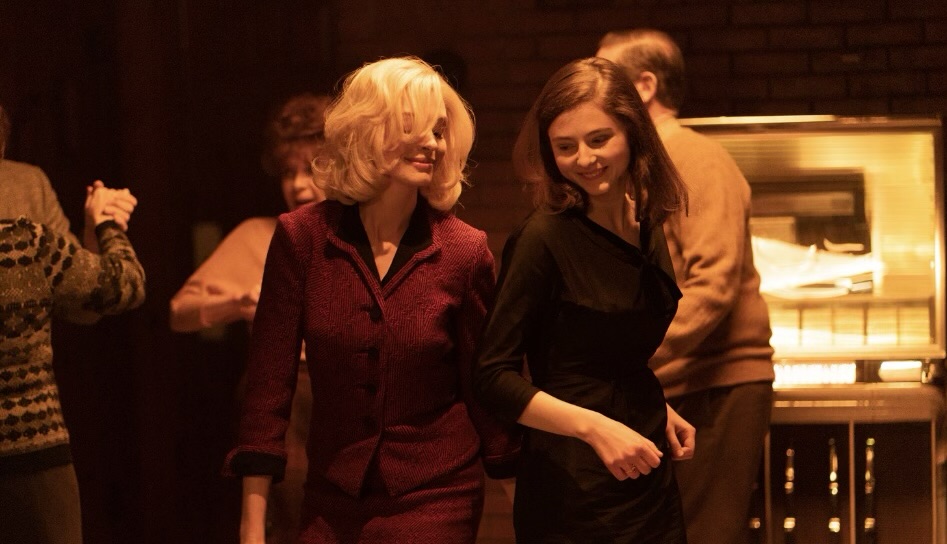

 Why you can trust Xtra
Why you can trust Xtra